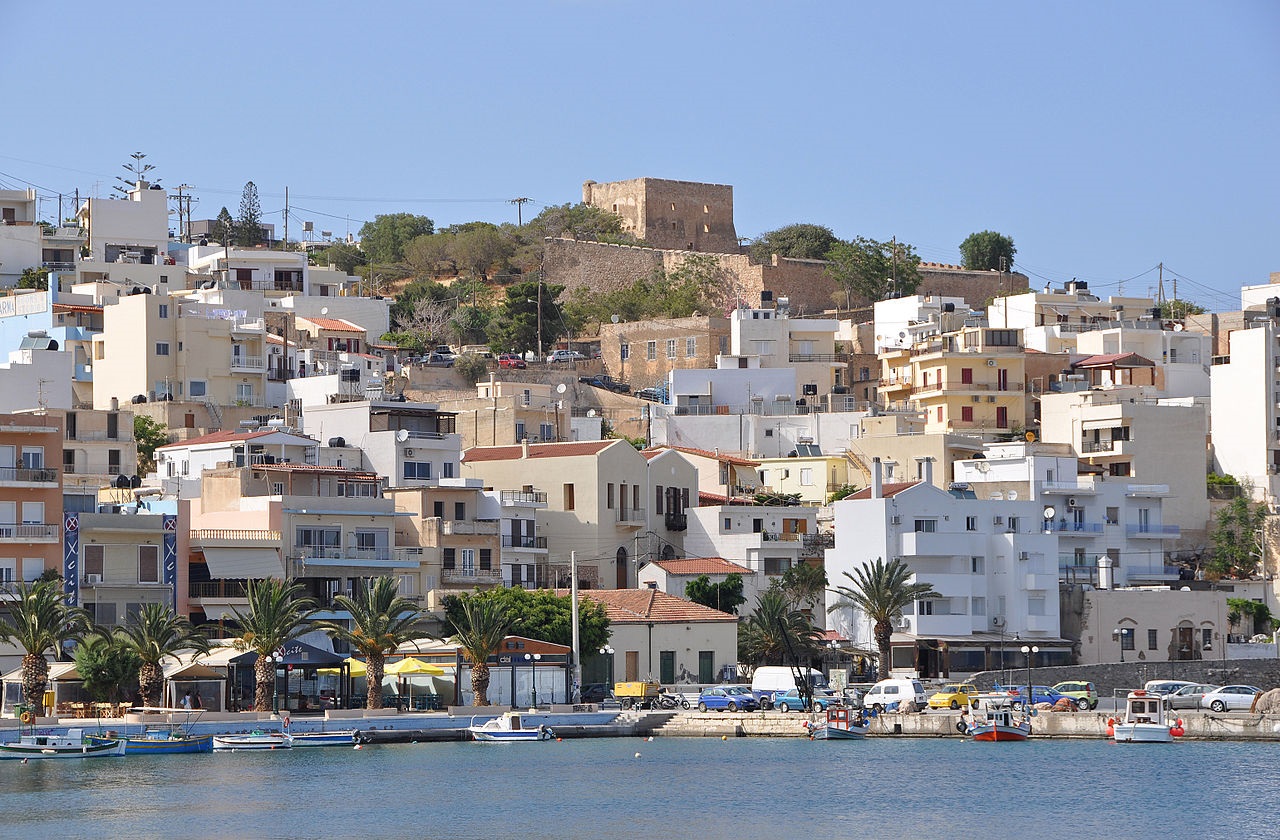
Sitia
The Sitia town and the tourist developed areas live in the rhythms of a modern cosmopolitan life.
History
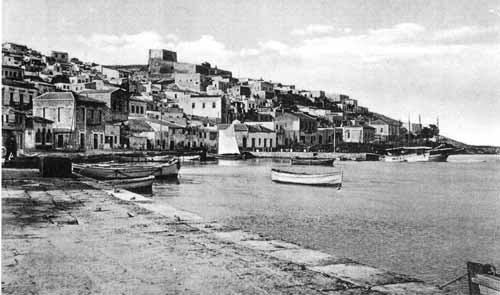
The town of Sitia is widely believed to have taken its name from the ancient Hellenistic settlement of Itia, Itida or Sitea, hometown of Misona (one of the seven renowned ancient philosophers) and of Vitzenzos Kornaros, the poet who wrote Erotokritos. Others reject this theory and are still searching for the ancient town of Sitia wherever there are the ruins of Minoan settlements. It is certain however that the ruins of a Byzantine settlement can be found beneath present day Sitia.
The History of the City
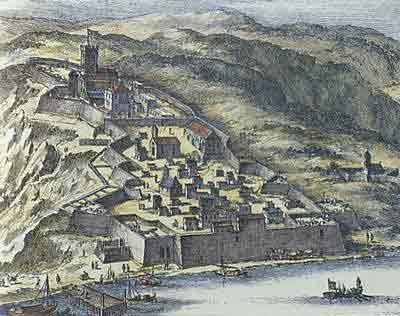
The town had a turbulent history up to 1651 in which year the Venetians razed the buildings left standing after the great earthquake of 1508 and the subsequent raid in 1538 by the infamous pirate Barbarossa.
It was rebuilt on the site of the ruins in 1870 and called Avnie, a name which was rejected by the people who preferred the name Sitia, maintaining their links with the past.
Upon the arrival of the Byzantines it became an important commercial port and remained so up to and throughout the early Venetian era.
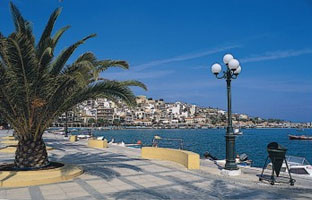
The Venetians described Sitia as "the radiant focal point of the island" (maximum statum et lumen insulae) and refer to it in Regno di Candia as a major commercial hub for the East and Africa. The Venetians stamped their authority by building many fortresses in areas of strategic importance, most of which can still be seen today.
Sightseeing
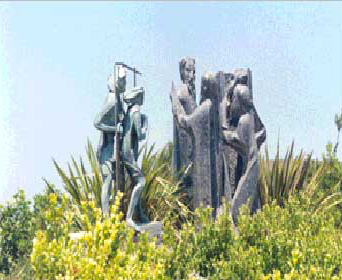
Time has left its marks on the landscape of Sitia - marks which the visitor sees everywhere around him. Marks of ancient civilisations such as the remarkable Minoan Palace at Zakros, the ruins of the powerful city of Presos and the remains of the pre-Minoan settlement in the fishing village of Mochlos - marks of every day life and labour immortalized in the creations of artifacts which are lovingly cared for in the local museums.
When wandering around the region of Sitia, do not be surprised by the huge number of archaeological sites you will stumble upon. This region is the cradle of European civilization, a civilization which it fed and nurtured 6000 years ago. Indeed, the signs of a Minoan presence at over 80 sites in the region of Sitia are living proof of the huge development in this area at the time of the dawning of the first great European civilizations.
Here the visitor can find ancient Minoan peak sancuaries, in which many sacred artifacts have been discovered. Here he can find evidence of the ancient rites involved in the worship of Zeus. Here also were built the first Christian churches in which their long and bloody history immortalized in the three remaining monasteries.
Take time to explore the natural beauty of the region of Sitia in all its glory. Rarely has such a landscape of contrasts existed in such harmony - majestic mountains, fertile plains, lush secluded valleys and rugged windswept ridges, streams and gorges, cliffs and caves, rocky coast line and white sandy beaches, fertile and barren, African, Mediterranean and European terrain, scorching south winds and cooling north winds - a country of opposites.
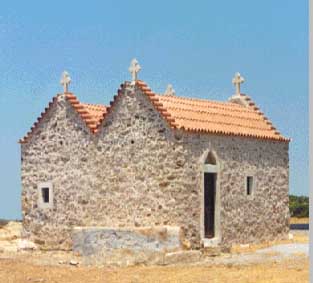
Local traditions run deep in the veins of the people. Festivals mark the passage of each year, concerts are organized, people gather to while away the evenings dancing and singing songs that have been handed down through the generations harking back to the Minoans. Sitians like nothing better than to enjoy themselves and to warmly welcome others into their gatherings.
The region of Sitia is all of Crete in one, but still retains its unique identity.
Landscape
There may be no other place on earth where nature and myth have so beautifully been mingled. The preservation of the ancient traditions in the hearts of the people of Siteia is due to the Minoan culture and its relation to nature. The Municipality of Siteia is a jewel in the Mediterranean landscape. Its physiography and climate help in the development of a special flora and fauna, which attracts the visitor. In the section that follows, you may find general information about the beauty of the landscape.

